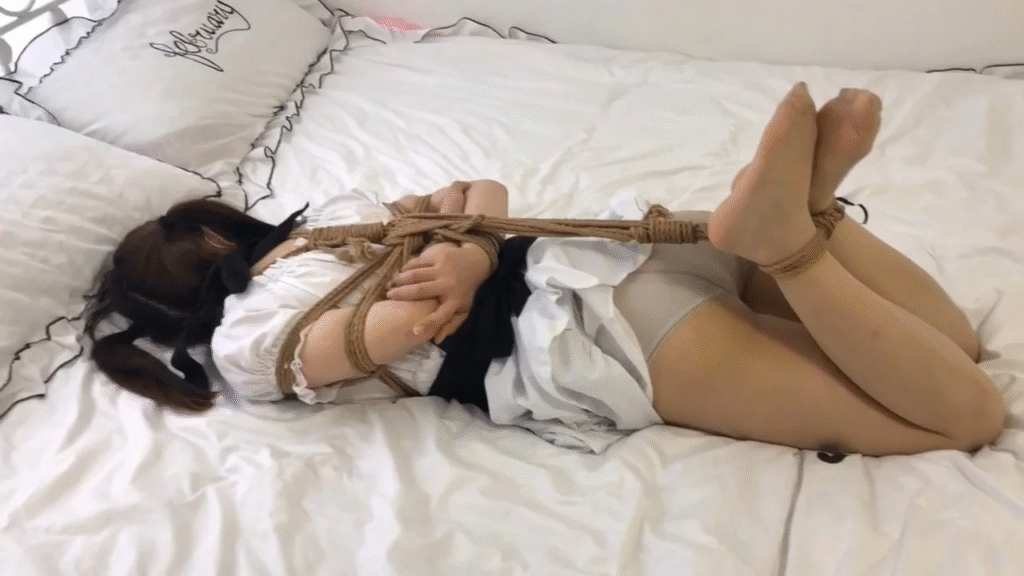
Hogtie bondage is more than just a beginner’s entry point into BDSM restraint—it’s a versatile and evolving form of rope play that offers infinite possibilities for customisation, challenge, and connection. For those with foundational rope knowledge, advancing your hogtie technique unlocks greater physical complexity, emotional intensity, and scene creativity.
This guide is written for rope players who want to refine their craft, deepen their understanding of the body in bondage, and build safer, more meaningful scenes through advanced hogtie applications.
When Is a Hogtie “Advanced”?
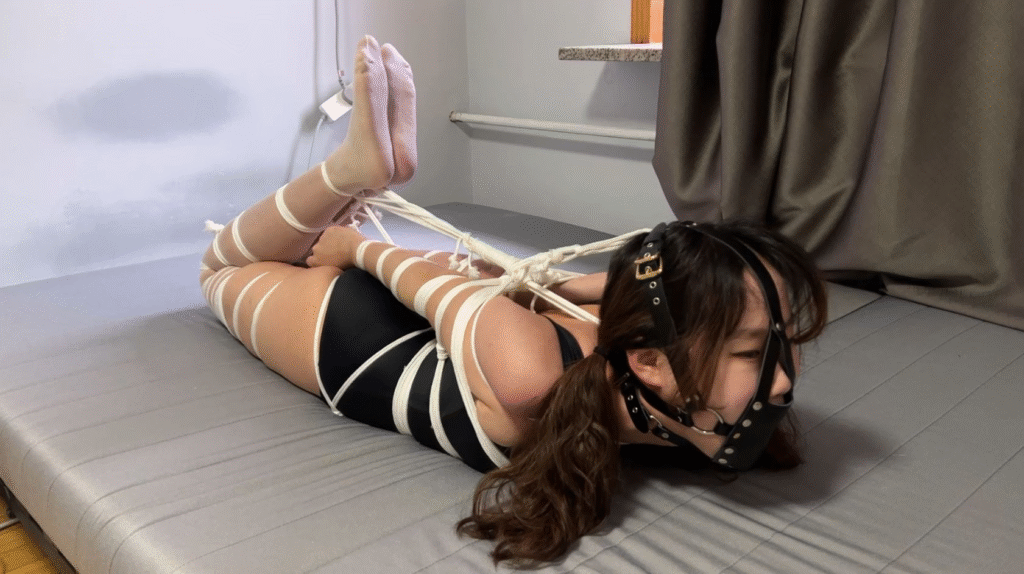
An advanced hogtie is any form that:
- Involves tight joint positioning or tension management
- Includes additional restraints (e.g., elbows, torso, head)
- Incorporates partial or full suspension
- Is designed for aesthetic photography or performance
- Requires strong body awareness, communication, and control from both top and bottom
It’s not just about making it tighter — it’s about crafting a specific experience with deeper intensity, greater responsibility, and increased technical skill.
Advanced Techniques for Hogtie Bondage
Precision Tension Control
The main challenge in advanced hogties is balancing restriction with safety. You must manage rope tension carefully across multiple joints.
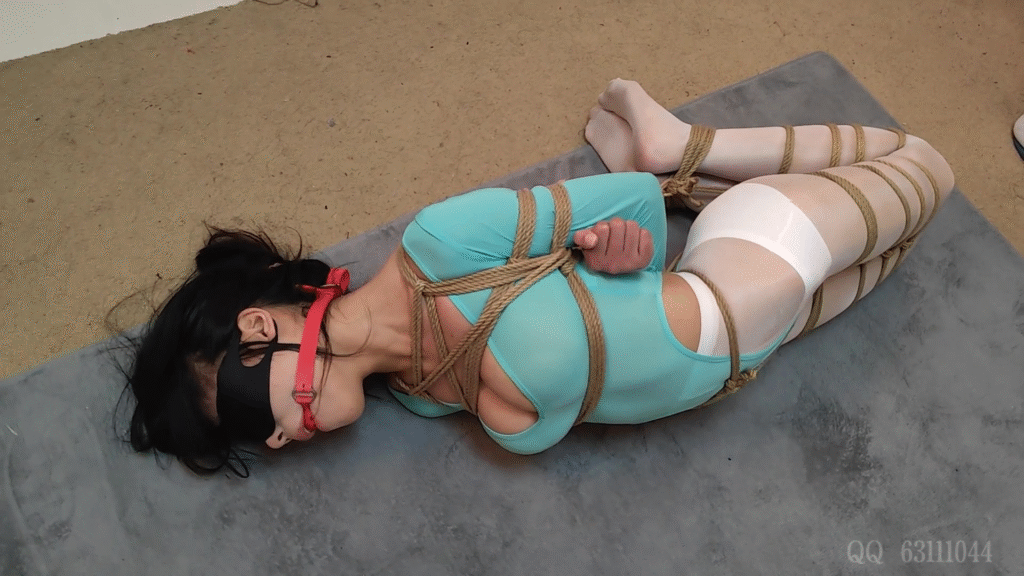
Key strategies:
- Pre-load tension on body wraps before connecting wrists and ankles
- Use adjustable knots or friction hitches for dynamic control during the scene
- Apply multi-stage tying, where tension is increased progressively rather than all at once
Elbow Binding Integration
Adding elbow ties intensifies the restriction by drawing the arms further together. This dramatically reduces movement but increases risk.

Tips:
- Only attempt with flexible bottoms
- Monitor upper arm circulation and shoulder position constantly
- Anchor elbows to the torso or spine line to stabilise the bind
Torso Compression
Using ropes across the chest, underarms, or thighs can create beautiful body lines and prevent the hogtie from slipping or loosening. This is particularly useful in scenes that involve movement or suspension.
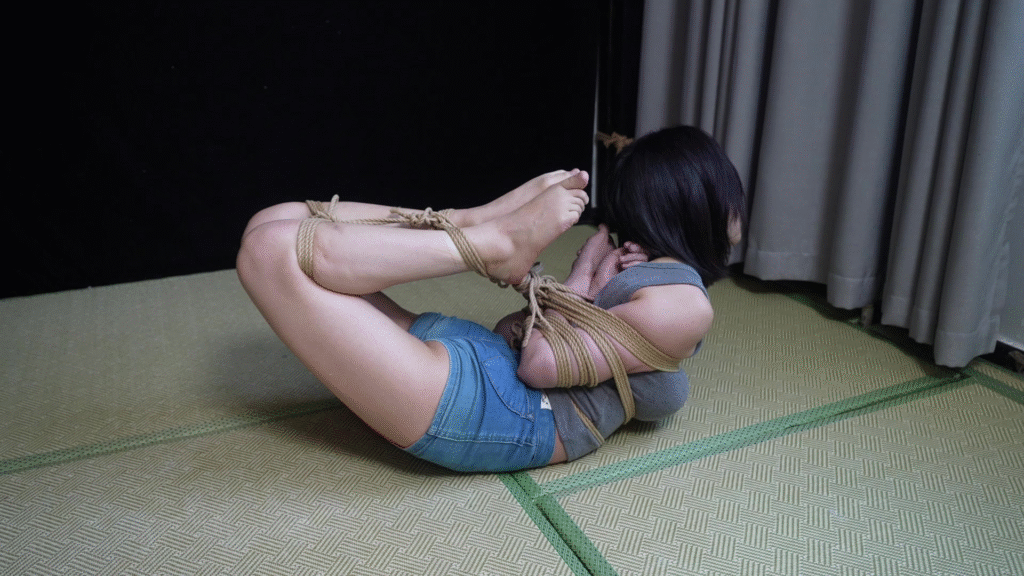
Add:
- Chest harnesses that double as anchor points
- Hip harnesses or thigh wraps to distribute suspension weight
- Body-loading lines in suspension scenes to take pressure off wrists and ankles
Incorporating Props, Gags, and Furniture
To intensify the scene further, incorporate non-rope elements.
Bit gags or ballgags: Restrict vocalisation, increase psychological submission. Combine with body tension for emotional overwhelm.
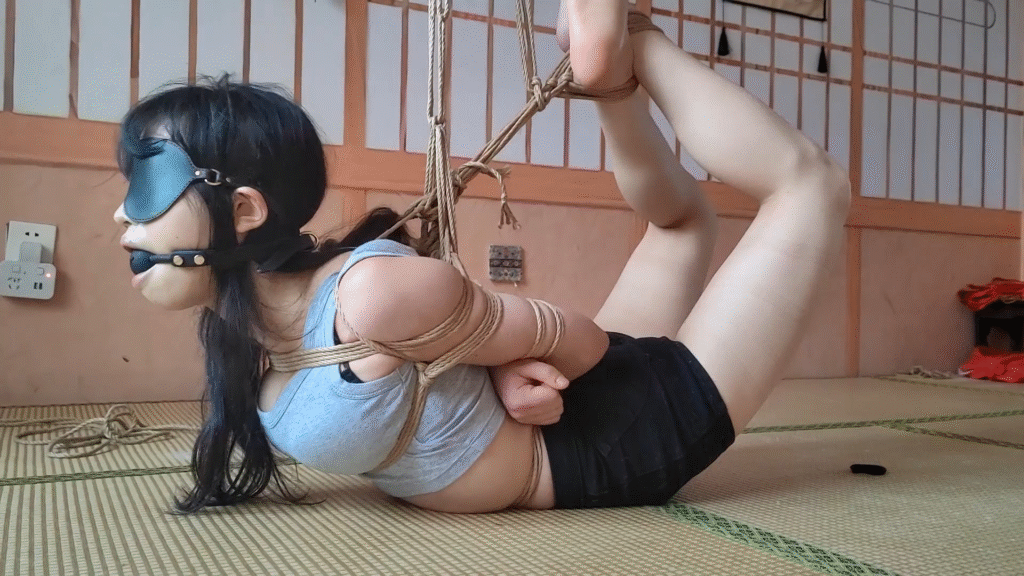
Spreader bars: Used at knees or elbows to counter the folding posture of the hogtie, forcing additional exposure.
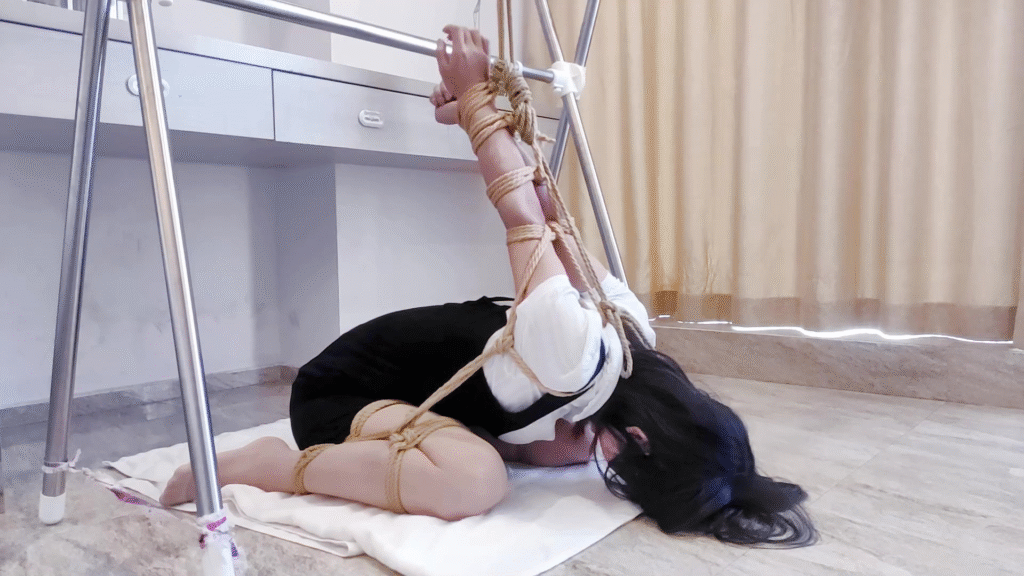
Bondage furniture: Secure the hogtied submissive to a bench, frame, or bed for vertical positioning or partial suspension.

Use caution: Each addition changes the stress points on the body and should be tested gradually.
Creative Variations for Experienced Players
Reverse Hogtie with Chin or Hair Tie
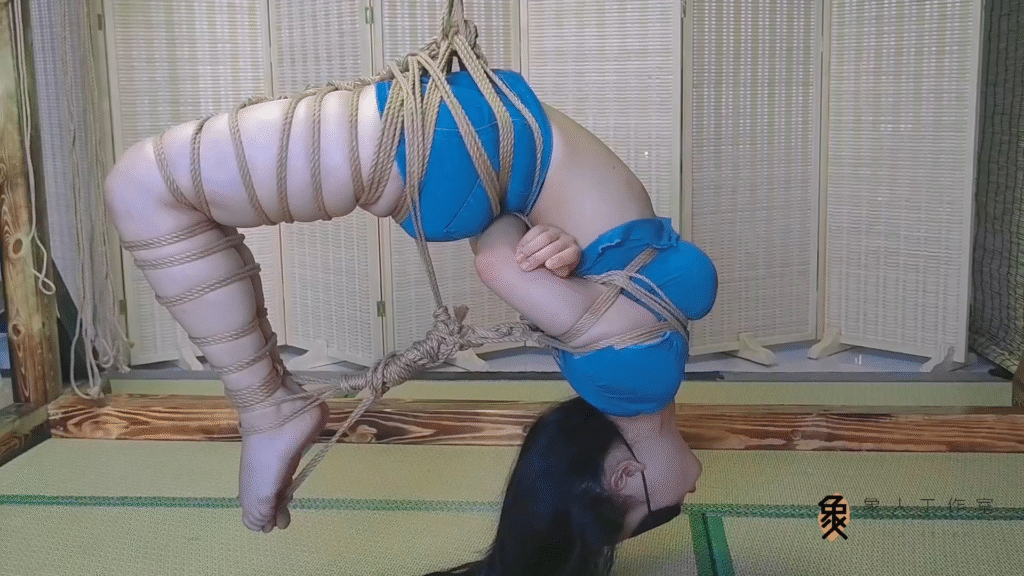
The submissive lies on their back, with wrists and ankles pulled underneath and the head tied back via a hair tie or chin strap. This opens the chest and throat while increasing tension in the spine and core.
Twisted Spine Hogtie
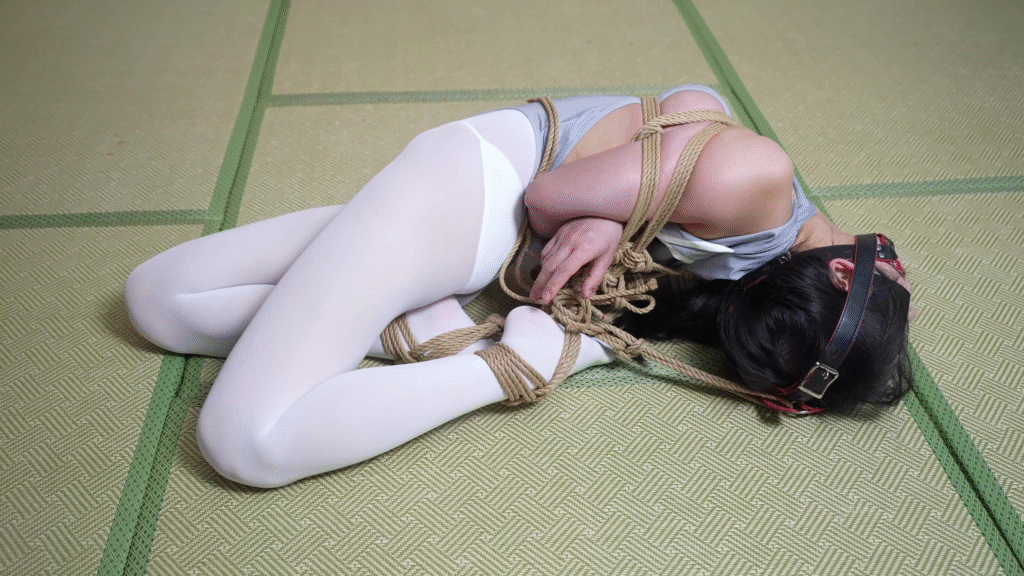
Bind the wrists and ankles asymmetrically so the body twists slightly. Often used in artistic rope photography, this version combines visual elegance with unusual muscle strain. Must be closely monitored.
Diagonal Suspension Hogtie
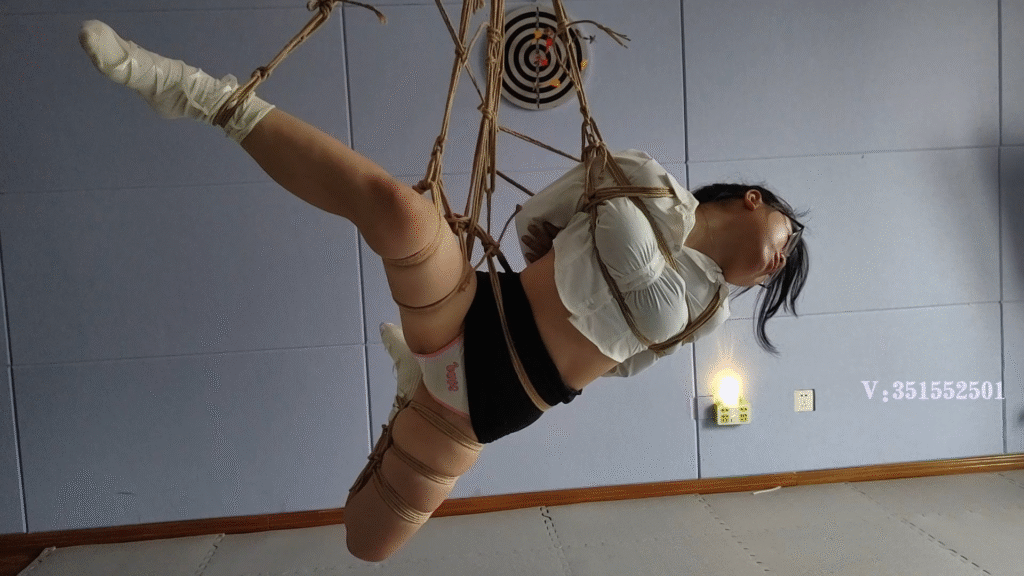
A partial suspension where one side of the hogtied body is lifted diagonally—e.g., right ankle and left wrist. This unbalances the posture and increases intensity, while allowing one side to stay grounded.
Risk Zones and Injury Prevention
Advanced hogties increase the likelihood of nerve or circulation issues. Be vigilant of the following:
- Radial nerve (upper arm/wrist): Tight elbow binds can compress this quickly
- Peroneal nerve (outer knee): Especially vulnerable in side hogties
- Ulnar nerve (inner elbow): Compressed when elbows are over-bent
- Shoulders and rotator cuffs: Keep shoulder blades retracted, avoid hyperextension
Monitoring tip: Ask your partner to communicate any numbness, tingling, or coldness immediately. Perform regular finger/toe squeezes to test circulation.
Always use safety shears, never leave a tied person unattended, and plan short durations with ample aftercare.
Scene Management and Communication
Advanced hogtie scenes often involve high physical and emotional intensity. Pre-scene planning and ongoing communication are non-negotiable.
Before the scene:
- Discuss limits, safe gestures, and signals
- Establish a time limit or exit point
- Confirm partner’s flexibility, physical issues, or medical concerns
During the scene:
- Constant verbal or non-verbal check-ins
- Watch for signs of physical fatigue or distress
- Have gear (water, blankets, first aid) close at hand
After the scene:
- Gradually release tension (don’t dump weight)
- Help your partner sit up and reorient
- Offer warm touch, water, and quiet space to decompress
- Debrief the scene to review physical and emotional responses
Testimonials From Experienced Rope Players
Jason, 36 (anonymous rigger):
“When I first started experimenting with advanced hogties, I focused too much on the visual and not enough on body mechanics. Over time, I learned that small adjustments—like a half-inch of slack—can make or break a scene.”
Irene, 31 (anonymous rope bottom):
“The first time I had my elbows included in a hogtie, it felt incredibly intense. I trusted my partner deeply. The pressure, the silence, and the feeling of not being able to move created a mental drop I didn’t expect.”
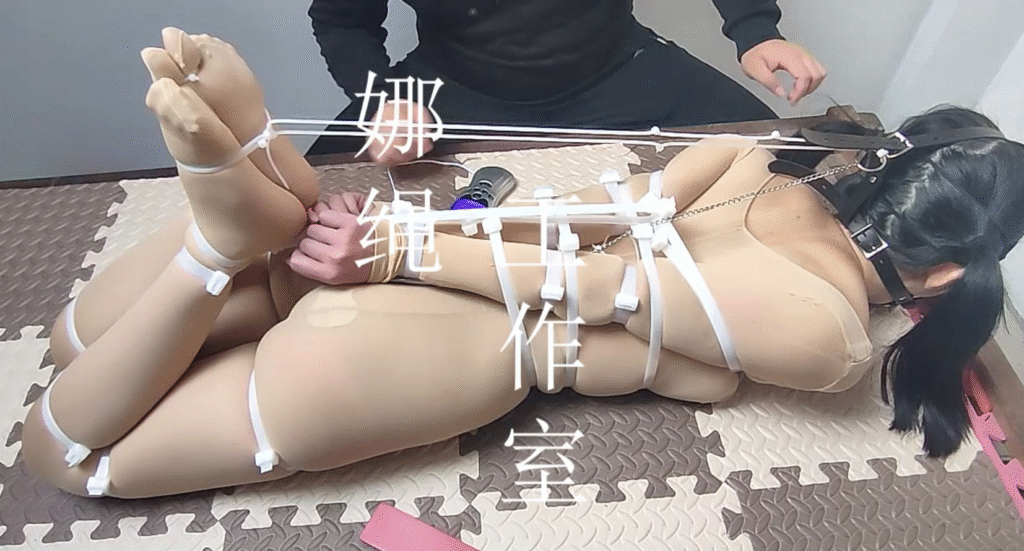
Advanced Hogtie Suspension
At the intersection of suspension bondage and hogtie play lies the suspension hogtie. This is one of the most difficult and risky forms of rope restraint and should only be attempted by advanced, experienced players.
To learn more about this, read the full guide:
Combining Hogtie Bondage With Suspension: What You Need to Know
Final Thoughts
Mastering advanced hogtie bondage takes more than just rope technique. It requires anatomical knowledge, scene awareness, emotional care, and a commitment to mutual trust and safety.
Whether you’re expanding your skills as a top or seeking deeper submission as a bottom, exploring advanced hogties can open the door to deeply rewarding and unforgettable scenes.
Join our free lifetime membership to access free lifetime bondage content, advanced tutorials, and real rope experiences from Singapore’s kink community.



